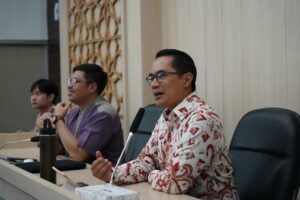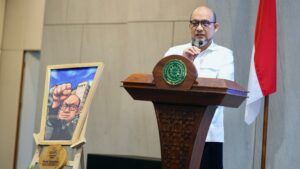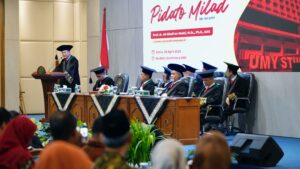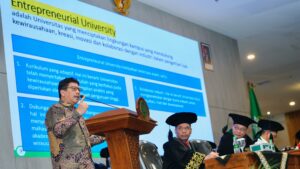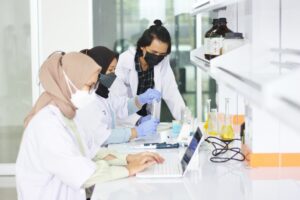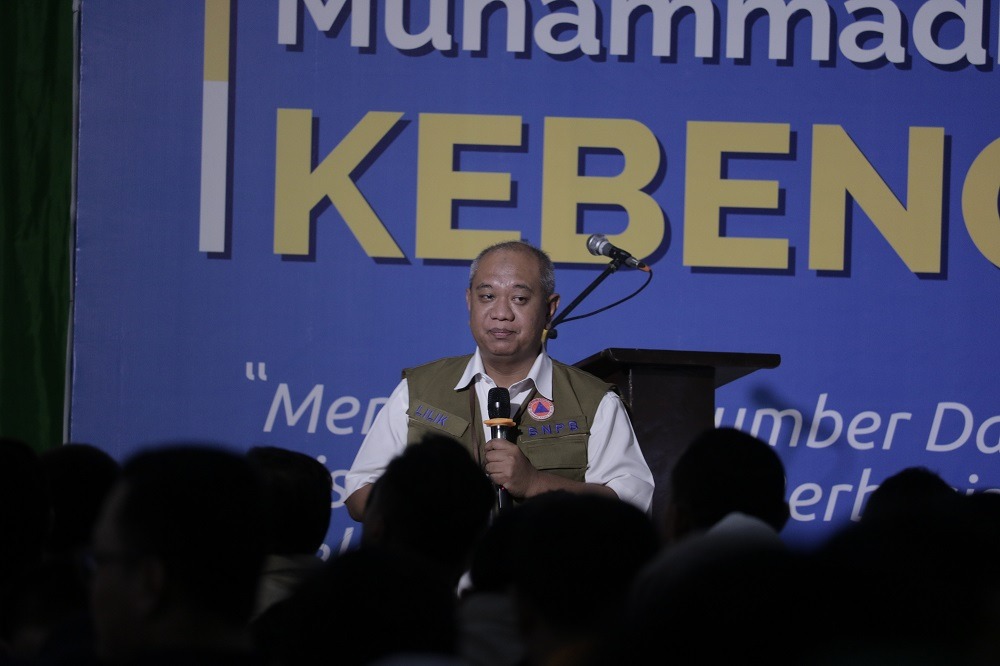
Being on the path of meeting three tectonic plates of Indo-Australia, Eurasia and the Pacific, Indonesia has become an area prone to earthquakes and tsunamis. In addition, this country is also a vast maritime area. Therefore, disaster-based spatial planning must be carried out by preserving plant ecosystems along the coast and protecting the environment in mountainous and urban areas. This is because humans are also a factor in disasters.
National Agency for Disaster Mitigation (BNPB) Deputy Lilik Kurniawan, S.T., M. Si, stated that vegetation (collection of plants, ed) in the coast is able to reduce a tsunami wave’s height as much as 88.2 percent. Thus, the role of various members of society is needed to anticipate high wave disasters.
“We must change our habits because our country is a maritime and archipelago region. One of the things we can do is make vegetation efforts. There is a study that shows that vegetation on the coast can reduce the height of tsunamis, “he said while speaking at the Muhammadiyah Disaster Management Scientific Meeting organized by the Muhammadiyah Central Board’s Muhammadiyah Disaster Management Center (MDMC), Thursday (1/30) at Universitas Muhammadiyah Yogyakarta (UMY).
He also said that areas in the south of Java which were prone to tsunami disasters had very minimal coastal plantations. Therefore, BNPB together with various parties, including MDMC, plans to plant vegetation in order to minimize tidal disasters.
Lilik stated that humans have contributed to the destruction of territories and invaders of still waters. At present, the economic phenomenon against ecology is happening in the community. The river, forest and mountain areas, which used to be water catchment areas, have been changed into plantations.
“We need to find a solution to this problem. People who live in the area need to eat and overcome the economic problems that are there. But do they have to destroy the existing ecosystem?, we must find the right solution,” he added.
He hoped that Muhammadiyah and MDMC could find the causes and solutions to various disasters in Indonesia. In addition, Lilik also invited all Muhammadiyah Universities (PTM) to become disaster resilient universities, where all the elements that exist on campus provide assistance to improve quality of life and reduce disaster risk.
“Muhammadiyah’s education must be resilient to disasters. The building must be resilient, disaster management must be taught in schools and mix local content with religious values. We hope that Muhammadiyah Hospitals will become disaster resilient hospital that can inspire many other hospitals in disaster risk reduction in Indonesia,” concluded Lilik. (ak)

